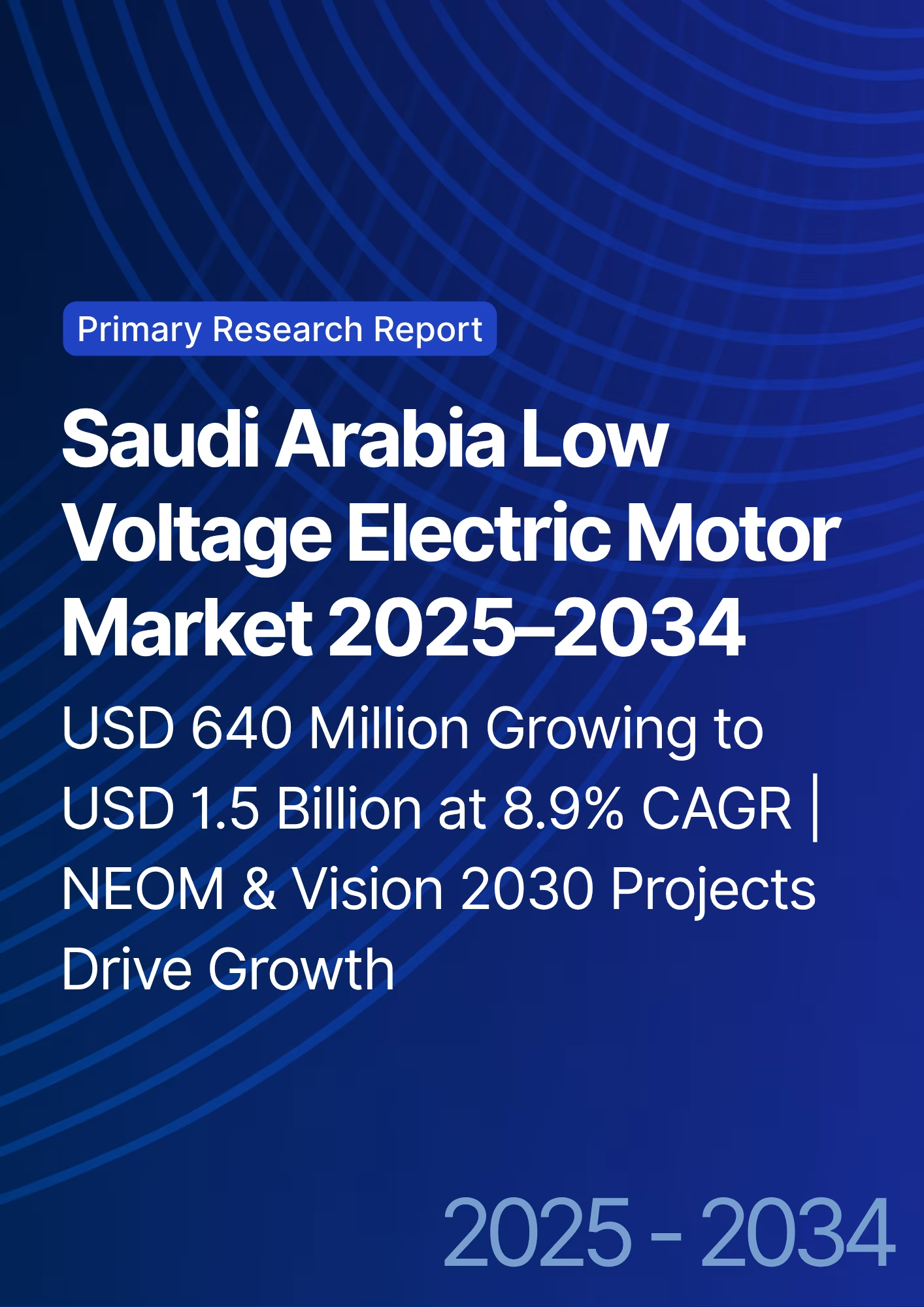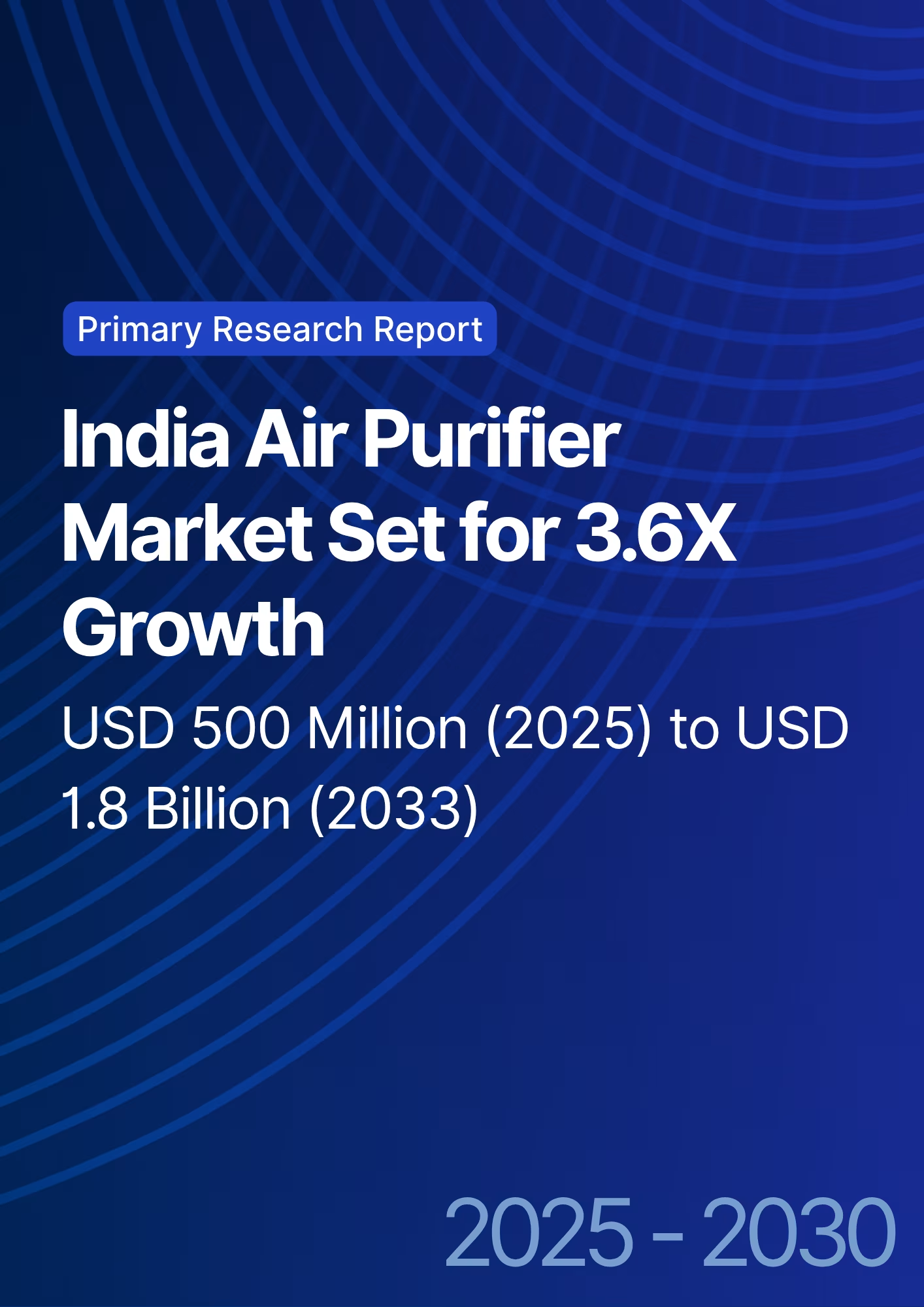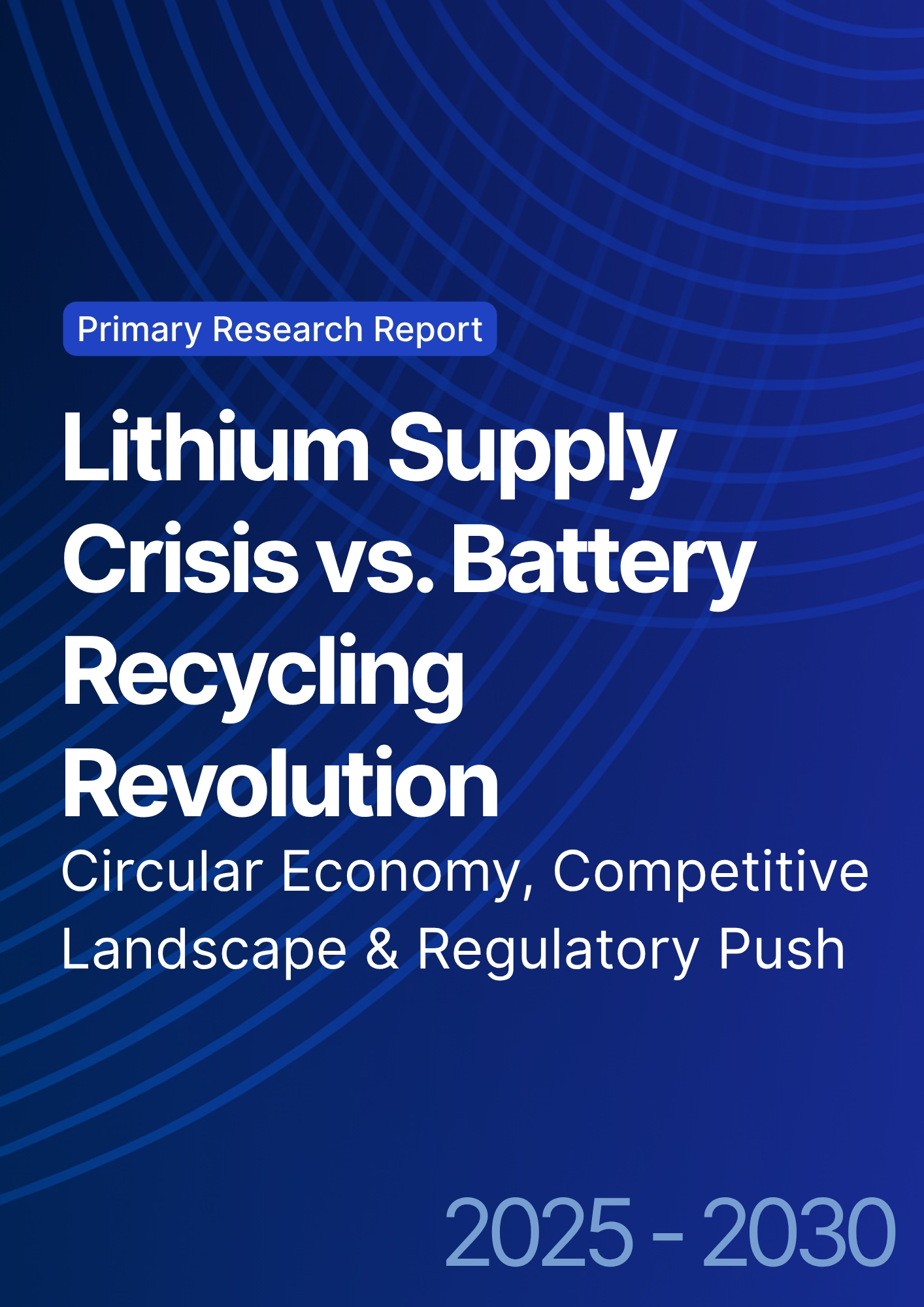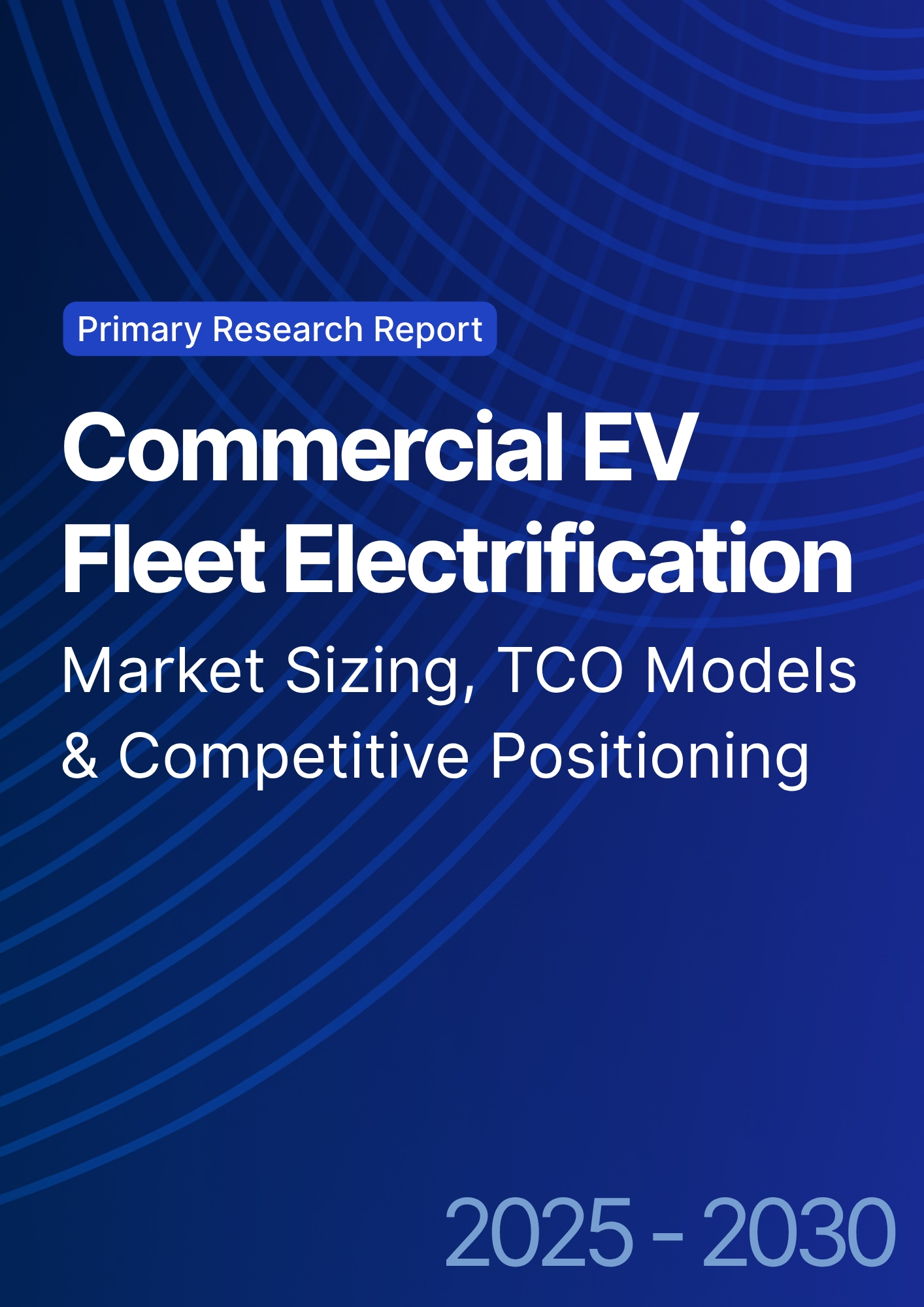

68 Circular Road, #02-01 049422, Singapore
Revenue Tower, Scbd, Jakarta 12190, Indonesia
4th Floor, Pinnacle Business Park, Andheri East, Mumbai, 400093
Cinnabar Hills, Embassy Golf Links Business Park, Bengaluru, Karnataka 560071
Connect With Us
Green Steel Production Analysis: Hydrogen-based Direct Induced Iron (H-DRI) vs CCUS Blast Furnace Economics
Green steel production is set to transform the European steel industry between 2025 and 2030, with hydrogen-based Direct Induced Iron (H-DRI) and Carbon Capture, Utilization, and Storage (CCUS) blast furnaces emerging as key technologies in the decarbonization effort. H-DRI, driven by renewable hydrogen, offers a cleaner alternative to traditional blast furnaces, which are reliant on coal and coke. While H-DRI adoption is expected to increase dramatically by 2030, the CCUS blast furnace process will continue to play a significant role in the transition. The adoption of CCUS technology, which captures CO2 emissions from traditional blast furnaces, will enable the continued operation of existing plants with reduced carbon footprints. However, H-DRI offers the potential for a more sustainable, long-term solution, particularly in regions with abundant renewable energy. By 2030, H-DRI adoption is expected to reach approximately 8 million tonnes per year in Europe, with Germany, Sweden, and Finland leading the charge. However, the cost of H-DRI is currently higher than that of CCUS blast furnaces. By 2030, H-DRI costs are projected to decrease to €300 per tonne of steel, making it more competitive with CCUS blast furnaces, which are expected to reach €250 per tonne in the same timeframe.

What's Covered?
Report Summary
Key Takeaways
1) H-DRI is projected to become a key player in green steel production by 2030, with significant adoption in Europe.
2) Germany, Sweden, and Finland will lead in H-DRI adoption, while CCUS blast furnaces will continue to dominate in many regions.
3) By 2030, the cost of H-DRI is expected to decrease to €300 per tonne, making it more competitive with CCUS.
4) CCUS blast furnace adoption will decline, but the technology will still be crucial during the transition to green steel.
5) H-DRI adoption in Europe is expected to reach 8 million tonnes per year by 2030.
6) The growth of H-DRI will be driven by the availability of renewable hydrogen and the increasing cost competitiveness of the technology.
7) Regional policy support and carbon pricing will be key factors in the adoption of both H-DRI and CCUS technologies.
8) Technological advancements in both H-DRI and CCUS blast furnaces will play a major role in reducing steel production emissions.
Key Metrics

Market Size & Share
The green steel production market in Europe will grow significantly between 2025 and 2030, with H-DRI adoption increasing to 8 million tonnes per year. H-DRI, driven by renewable hydrogen, will become a key solution for decarbonizing steel production, particularly in countries like Germany, Sweden, and Finland. The market share of CCUS blast furnaces will continue to decline as H-DRI adoption increases, but the technology will still play a significant role in the short term. By 2030, CCUS blast furnaces are expected to produce 17 million tonnes of steel annually, down from 25 million tonnes in 2025.

Market Analysis
The cost of H-DRI is expected to decrease significantly by 2030, driven by advances in hydrogen production and increased production scale. In 2025, the cost of H-DRI is estimated to be €450 per tonne, but by 2030 it will fall to €300 per tonne. CCUS blast furnaces will see gradual cost reductions due to improvements in carbon capture technologies. H-DRI offers long-term benefits, including zero-emission production, which will be key in meeting Europe’s decarbonization goals for the steel sector. The cost reduction in both H-DRI and CCUS blast furnaces will make these technologies more accessible to steel producers and allow them to transition to more sustainable practices.

Trends & Insights (2025–2030)
• H-DRI will gain significant market share, driven by the availability of renewable hydrogen and lower costs.
• By 2030, H-DRI is expected to account for 15% of Europe’s steel production, compared to CCUS blast furnaces, which will account for 60%.
• The cost of H-DRI will decrease significantly by 2030, making it a more competitive option compared to CCUS.
• Policy support and carbon pricing will be critical in accelerating the adoption of H-DRI and CCUS technologies.
• The shift to H-DRI will result in a substantial reduction in steel production emissions by 2030.
• Hydrogen-based steel production will require significant infrastructure investments in hydrogen production, storage, and distribution.
• Collaboration between steel producers, energy providers, and governments will drive the successful scaling of green steel production.
Segment Analysis
• Steel Producers: Leading steel producers will adopt H-DRI as part of their sustainability goals, transitioning away from traditional blast furnaces.
• Hydrogen Suppliers: The demand for green hydrogen will drive the growth of hydrogen production and distribution infrastructure.
• Carbon Capture Providers: Companies specializing in CCUS will continue to serve the blast furnace sector during the transition period.
• Governments & Policymakers: Regulatory support and incentives will play a key role in accelerating the adoption of green steel technologies.
• OEMs & EPC Contractors: Manufacturers and engineering firms will play a key role in developing and deploying H-DRI and CCUS technologies in steel plants.
Geography Analysis (Europe)
Germany, Sweden, and Finland will be at the forefront of H-DRI adoption, driven by abundant renewable hydrogen resources and favorable policies. Other European countries, like France, Italy, and Spain, will continue to rely on CCUS blast furnaces for the transition period. In the UK and the Netherlands, both H-DRI and CCUS technologies will be adopted in parallel, with a focus on sustainability goals. The rest of Europe will adopt these technologies at varying rates, depending on the availability of renewable energy and government incentives.

Competitive Landscape (Ecosystem & Delivery Models)
The competitive landscape for H-DRI and CCUS technologies will be shaped by collaboration between steel producers, hydrogen suppliers, and carbon capture companies. Leading steel manufacturers like ThyssenKrupp and SSAB will play a key role in advancing H-DRI adoption, while major CCUS companies like Shell and Total will continue to drive innovation in blast furnace technology. Partnerships between hydrogen producers, steel manufacturers, and governments will be essential to scaling up H-DRI production and ensuring that it remains cost-competitive. Companies focusing on technology integration and supply chain optimization will have a competitive edge in the market.
Report Details
Proceed To Buy
Want a More Customized Experience?
- Request a Customized Transcript: Submit your own questions or specify changes. We’ll conduct a new call with the industry expert, covering both the original and your additional questions. You’ll receive an updated report for a small fee over the standard price.
- Request a Direct Call with the Expert: If you prefer a live conversation, we can facilitate a call between you and the expert. After the call, you’ll get the full recording, a verbatim transcript, and continued platform access to query the content and more.


68 Circular Road, #02-01 049422, Singapore
Revenue Tower, Scbd, Jakarta 12190, Indonesia
4th Floor, Pinnacle Business Park, Andheri East, Mumbai, 400093
Cinnabar Hills, Embassy Golf Links Business Park, Bengaluru, Karnataka 560071
Request Custom Transcript
Related Transcripts
$ 1445


68 Circular Road, #02-01 049422, Singapore
Revenue Tower, Scbd, Jakarta 12190, Indonesia
4th Floor, Pinnacle Business Park, Andheri East, Mumbai, 400093
Cinnabar Hills, Embassy Golf Links Business Park, Bengaluru, Karnataka 560071













